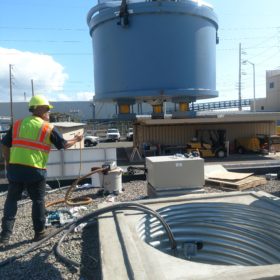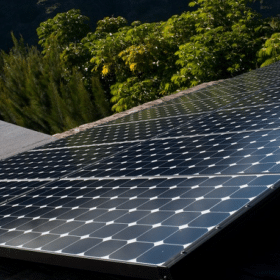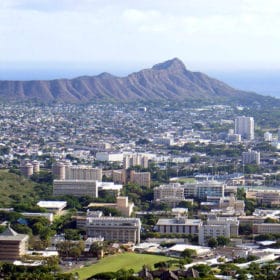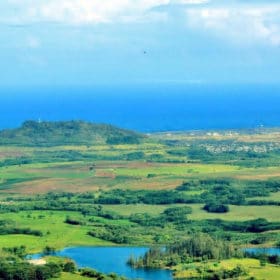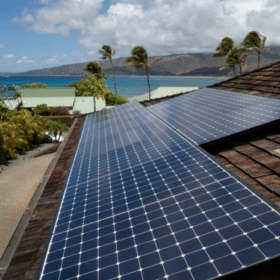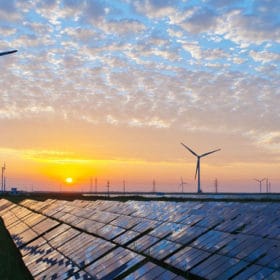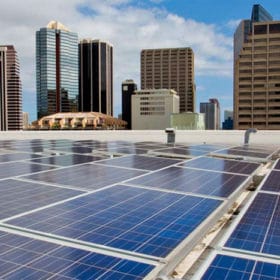Pilot project for flywheel storage underway in Hawaii
Utility Hawaiian Electric has announced the start of operations of a pilot project featuring flywheel energy storage technology provided by Amber Kinetics. The project will test the technology’s capability of supporting the grid and allowing further integration of renewable generation.
PetersenDean acquires Hawaiian solar, battery installer
The national solar installer has acquired Haleakala Solar, and plans to hire 1,000 new employees in Hawaii over the next two years.
HECO seeks 300MW of renewable energy in new RFP
Utilities on three Hawaiian islands have put out a request for proposals to build wind and solar projects, with an option of energy storage. The goal is to maximize ITC value before it drops down in 2022.
AES breaks ground on massive Kaua’i solar plus storage project
The company’s 28 MW PV plant will be paired with a 20 MW/100 MWh battery system, and will push the island to meeting more than 1/3 of electric demand with solar.
Honolulu energy storage permits jumps more than 1,700%
Last year, the number of solar+storage permits granted by Honolulu city and county increased to 731, a startling increase from the 40 the city granted in 2016.
HECO sees 109 MW of new Hawaii solar in 2017 (w/chart)
With more than 100 megawatts of solar still under construction, the state is continuing its national leadership.
NRG breaks ground on 110 MW-AC of large-scale solar in Hawaii
Three solar projects which were caught up in the fire sale of SunEdison assets are finally seeing the light of day.
Hawaii legislature considers income tax credit for energy storage
For the third straight year, Hawaiian state legislators are trying to provide tax incentives for residents who install energy storage systems.
From the editor: Renewable energy and information pollution
A recent article in Bloomberg View illustrates clearly the mythology and misinformation that abounds regarding renewable energy, which in many cases is spread by the media.
Hawaii regulators order expanded community renewables program
The state’s Public Utilities Commission has provided detailed guidance for a new program for HECO utilities, including an order for 8 MW of community solar in the first year.
